Buy high-purity crystal meth online for research use only. Lab-tested methamphetamine HCl (98–99% purity), discreetly shipped with professional stealth. Not for human consumption.
Buy Crystal Meth Online | High-Quality Meth for Research Use Only
Looking for premium-grade Crystal Meth for laboratory and research purposes? You’ve come to the right place. Our product is sourced from trusted synthesis labs and is rigorously tested to meet strict purity standards — averaging 98-99% purity on GC-MS results. This is not street-grade material. We offer clean, crystalline shards suitable for chemical analysis, forensic studies, or reagent comparison.
🔬 Product Details
- Name: Crystal Methamphetamine HCl
- Purity: 98–99% (lab-tested)
- Appearance: Clear to bluish-white shards
- Form: Crystalline solid
- Packaging: Vacuum-sealed, stealth-shipped
💡 Intended Use
This product is sold strictly for research and analytical use only. It is not intended for human consumption, and any misuse is solely the responsibility of the buyer. Researchers, chemists, and forensic labs seeking consistency and purity can rely on our product for valid testing outcomes.
🚚 Shipping & Stealth
- Worldwide shipping to most countries
- Professional stealth techniques
- Guaranteed reship in case of loss (terms apply)
- Discreet payment accepted in XMR, BTC, and other cryptocurrencies
🔐 Why Choose Us?
- Lab-grade purity
- Verified vendor with long-term track record
- Discreet, fast delivery
- Direct communication and responsive support
⚠️ Disclaimer: This product is intended only for research or forensic analysis. Any mention or implication of human use is strictly prohibited. We reserve the right to refuse service to anyone suspected of misuse.
Crystal meth (short for crystal methamphetamine) is a powerful and highly addictive stimulant that affects the central nervous system. It’s illegal in most countries due to its high potential for abuse and harmful health effects.
The role of crystal meth in research studies today
Crystal methamphetamine (meth) still plays a limited but important role in scientific and medical research — strictly within controlled environments. Here’s a structured overview of its role in research studies today:
The Role of Crystal Meth in Research Studies Today
1. Understanding Addiction Mechanisms
- Neuroscience Focus: Researchers use methamphetamine to study how addiction alters brain function, especially in areas related to reward, motivation, and decision-making.
- Neuroimaging Studies: Functional MRI and PET scans are used to observe how meth affects dopamine pathways, helping to inform addiction treatment strategies.
2. Developing Treatment Methods
- Behavioral Interventions: Clinical trials test therapies like Cognitive Behavioral Therapy (CBT) and contingency management for meth users.
- Pharmacological Trials: Studies explore medications like bupropion, naltrexone, or modafinil to reduce cravings and relapse rates, although no FDA-approved medication yet exists specifically for meth addiction.
3. Investigating Long-Term Effects
- Cognitive and Psychological Impact: Research tracks long-term users to examine how meth affects memory, emotional regulation, and impulse control.
- Physical Health Impact: Studies look at cardiovascular, dental, and neurological deterioration due to chronic use.
4. Harm Reduction Strategies
- Public Health Studies: Researchers evaluate needle exchange programs, supervised use spaces, and community outreach to reduce meth-related harm.
- Education & Prevention Programs: Studies assess which prevention messages and educational campaigns are most effective in deterring meth use.
5. Animal Model Research
- Controlled Studies: Rodents are sometimes used to study how meth affects brain chemistry and behavior under highly controlled lab conditions.
- Ethical Oversight: All such studies must pass strict ethical reviews and follow protocols for humane treatment.
“Explore how crystal meth is used in addiction and behavior research to understand its impact on brain function, compulsive behavior, and treatment development.”
How Crystal Meth Is Used in Addiction and Behavior Research
Crystal methamphetamine is used in strictly regulated research to better understand the nature of addiction, its impact on brain function, and to develop effective treatments. Here’s how:
1. Studying Brain Function and Neurochemistry
- Researchers use meth to observe changes in the brain’s dopamine and serotonin systems, which are deeply involved in reward, motivation, and impulse control.
- Neuroimaging tools like PET and fMRI scans show how meth alters activity in the prefrontal cortex and limbic system—key regions in addiction and decision-making.
2. Modeling Addictive Behavior
- In controlled environments, meth is used in animal models (usually rodents) to mimic patterns of human addiction: binge use, withdrawal, relapse.
- These studies help scientists explore how compulsive drug-seeking behaviors develop and how they might be interrupted.
3. Testing Potential Treatments
- Meth is used in clinical trials to test the effectiveness of medications like naltrexone or bupropion in reducing cravings or relapse.
- Behavioral therapies are also evaluated, often combining meth exposure with CBT, mindfulness, or contingency management.
4. Investigating Long-Term Effects
- Longitudinal studies use participants with a history of meth use to examine long-term effects on memory, emotional regulation, aggression, and social behavior.
- These insights help clinicians address co-occurring mental health disorders often found in meth users.
5. Supporting Harm Reduction Strategies
- Research findings help shape public health interventions by identifying high-risk behaviors and improving education, prevention, and recovery programs.
What Is Crystal Meth?
- Chemical Name: Methamphetamine hydrochloride
- Appearance: Typically clear or bluish-white crystals resembling glass shards or rocks
- Street Names: Ice, crank, glass, speed, Tina
Effects on the Body and Brain
- Short-Term: Increased energy, alertness, decreased appetite, euphoria
- Long-Term: Severe dental issues (“meth mouth”), memory loss, paranoia, hallucinations, violent behavior, risk of stroke or heart attack
Addiction and Risks
- Highly Addictive: Even small amounts can lead to addiction
- Health Risks: Damage to organs, especially the brain and heart; increased risk of infectious diseases when injected
Treatment Options
- Behavioral Therapies: Cognitive Behavioral Therapy (CBT), contingency management
- Support Groups: Narcotics Anonymous, peer recovery groups
- No FDA-approved medication currently exists specifically for meth addiction, but supportive care and structured programs can help
- “Learn about crystal meth: a highly addictive stimulant drug with serious health risks, including brain damage, addiction, and heart problems.”
Here’s a detailed FAQ about Crystal Meth:
Frequently Asked Questions (FAQ) about Crystal Meth
1. What is crystal meth?
Crystal methamphetamine, commonly known as crystal meth, is a powerful and highly addictive stimulant drug. It comes in the form of clear, crystalline rocks or powder and is often smoked, snorted, or injected.
2. How does crystal meth affect the brain?
Crystal meth increases the release of dopamine, a neurotransmitter associated with pleasure and reward. This leads to intense feelings of euphoria, but over time, it can cause severe damage to brain function, including impaired memory, emotional regulation, and decision-making.
3. What are the short-term effects of using crystal meth?
The immediate effects include:
- Increased energy and alertness
- Decreased appetite
- Euphoria and heightened sensory perception
- Increased heart rate and blood pressure
- Anxiety and paranoia
4. What are the long-term effects of crystal meth?
Chronic use can result in:
- Addiction and intense cravings
- Severe dental problems (“meth mouth”)
- Memory loss and cognitive decline
- Psychosis, including paranoia and hallucinations
- Risk of heart attack, stroke, and other cardiovascular issues
5. How addictive is crystal meth?
Crystal meth is extremely addictive. Tolerance develops quickly, meaning users need more of the drug to achieve the same effects. Withdrawal symptoms can be severe, contributing to the cycle of addiction.
6. What is the treatment for crystal meth addiction?
While there is no specific FDA-approved medication for meth addiction, treatment options include:
- Behavioral therapies like Cognitive Behavioral Therapy (CBT) and contingency management
- Support groups like Narcotics Anonymous (NA)
- Inpatient and outpatient rehab programs
7. Can crystal meth be used for medical purposes?
Methamphetamine is sometimes prescribed in low doses under the brand name Desoxyn to treat ADHD and obesity, but this is rare and closely monitored by healthcare providers. Recreational use of crystal meth is illegal and dangerous.
8. How is crystal meth commonly used?
Crystal meth is often smoked, but it can also be snorted, injected, or swallowed. Smoking or injecting meth creates a rapid and intense high, making it more dangerous and addictive.
9. What are the signs of crystal meth addiction?
Signs of addiction include:
- Intense cravings
- Withdrawal from social activities
- Dramatic weight loss
- Poor hygiene and dental health
- Paranoia, hallucinations, and aggression
10. How can I get help if I or someone I know is addicted to crystal meth?
Seek help from addiction treatment centers, support groups, or a healthcare provider specializing in substance abuse. Many organizations offer confidential counseling and recovery programs to help individuals overcome addiction.
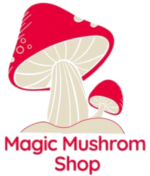
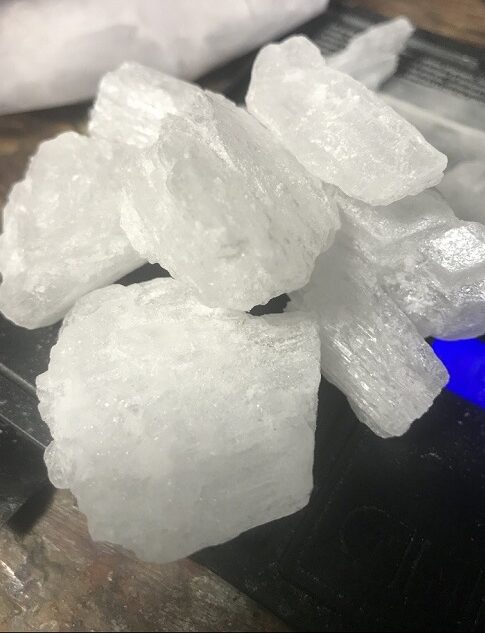
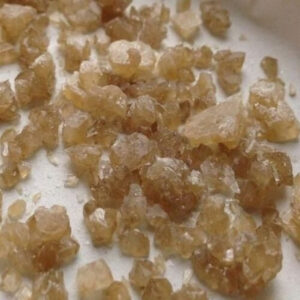

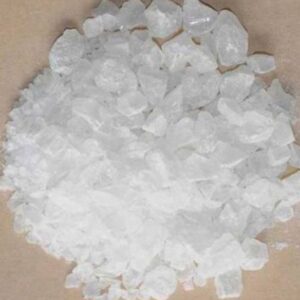
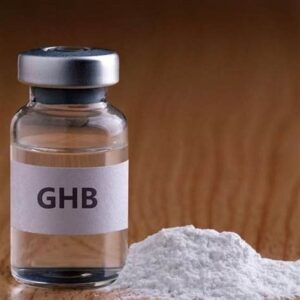
Reviews
There are no reviews yet.